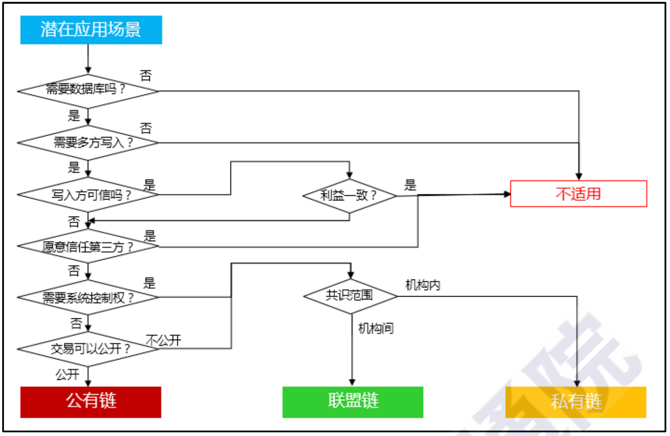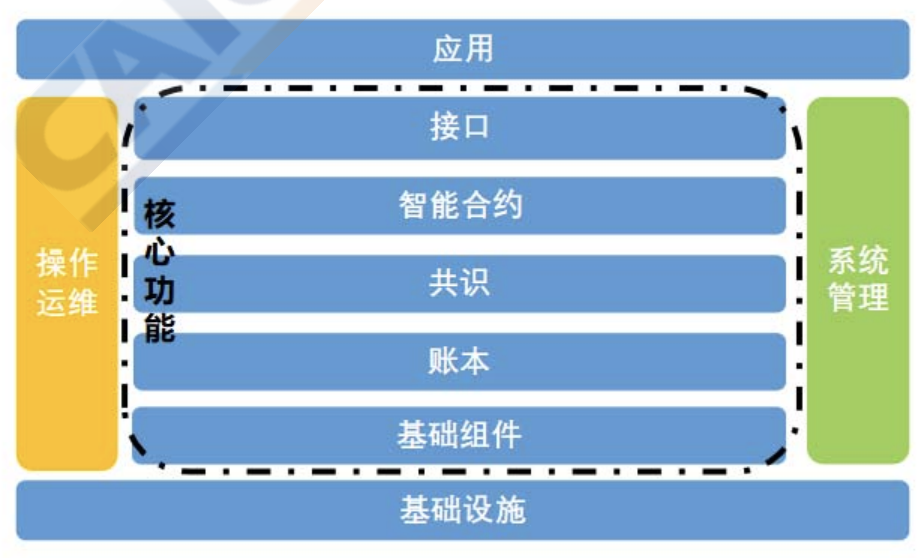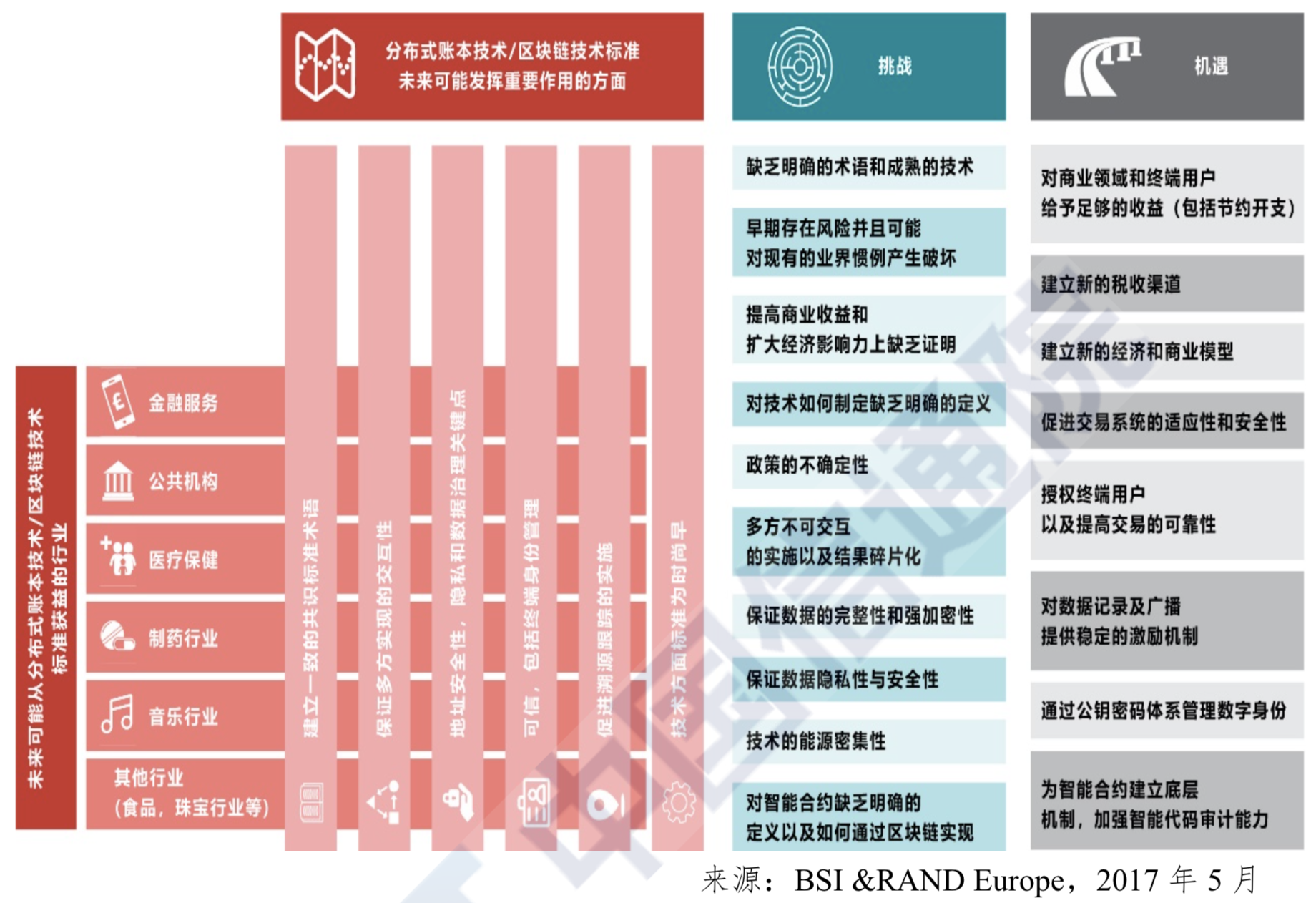China Academy of Information and Communications Technology Blockchain Research Report
Source: China Academy of Information and Communications Technology Trusted Blockchain Promotion Plan
What is Blockchain
Blockchain is a technology maintained collaboratively by multiple parties, using cryptography to ensure secure transmission and access, enabling consistent data storage, tamper resistance, and non-repudiation. It is also referred to as Distributed Ledger Technology (DLT). A typical blockchain stores data in a block-chain structure. As a new computing paradigm and collaborative model for establishing trust at low cost in an untrusted competitive environment, blockchain is changing the application scenarios and operational rules across various industries with its unique trust-building mechanisms, making it an indispensable technology for the future development of the digital economy and the establishment of a new trust system.
Blockchains can be classified based on whether they have a node admission mechanism:
- Permissioned chains, where only authorized entities can join. They can be further divided based on whether the controlling entities are centralized:
- Consortium chains
- Private chains
- Permissionless/public chains
Features:
- Evolution from double-entry bookkeeping to distributed bookkeeping
- Transition from "add, delete, modify, query" to only "add, query"
- Shift from single-party maintenance to multi-party maintenance
- Development from external contracts to built-in contracts
Applicable Scenarios: New types of databases, multiple business entities, mutual distrust, and strong business interrelations.

Architecture

- Infrastructure = Hardware resources
- Core components = Network discovery + Data transmission and reception + Cryptographic library + Data storage + Message notification
- Ledger = Blockchain +== (Asset-based data model OR Account-based data model) ==
- Consensus = Write first, then reach consensus (PoW, PoS, DPoS) OR Reach consensus first, then write (PBFT)
- Smart contracts = Turing complete OR Non-Turing complete
- System management = CA certification OR PKI certification OR Third-party identity verification
- Interface = RPC + SDK
- Applications = Value transfer types + Evidence storage types + Authorization management types (e.g., data sharing)
- Operations and maintenance
Development Trends:
- In terms of architecture, the integration of public chains and consortium chains continues to evolve.
- In terms of deployment, blockchain as a service accelerates application implementation.
- In terms of performance, the demand for cross-chain and high-performance solutions is becoming increasingly prominent.
- Cross-chain: == Current mainstream cross-chain technologies include: Notary schemes, Sidechains/relays, and Hash-locking ==
- High performance
- Blockchain to DAG
- Changing consensus strategies
- Improving overall system throughput by enhancing horizontal scalability, represented by technologies such as sharding, sub-chains, and multi-channels.
- In terms of consensus, consensus mechanisms are evolving from singular to hybrid approaches.
- In terms of contracts, pluggability, usability, and security are becoming key development focuses.
Industry Status
- Countries are competing to establish a leading position in the blockchain industry.
- The integration of blockchain with the real economy has become the main theme.
- Blockchain technology innovation is becoming increasingly active.
- == The construction of a blockchain standard system is accelerating ==
Opportunities and Challenges
Opportunities

Challenges:
- Potential risks in technology maturity.
- Unclear application scenario models.
- Relative scarcity of industry professionals.
- Relevant laws and regulations need improvement.
Development Measures and Recommendations
- Guide society to have an objective and rational understanding.
- Strengthen research on core key technologies.
- Promote deep integration with the real economy.
- Improve the policy environment for blockchain development.